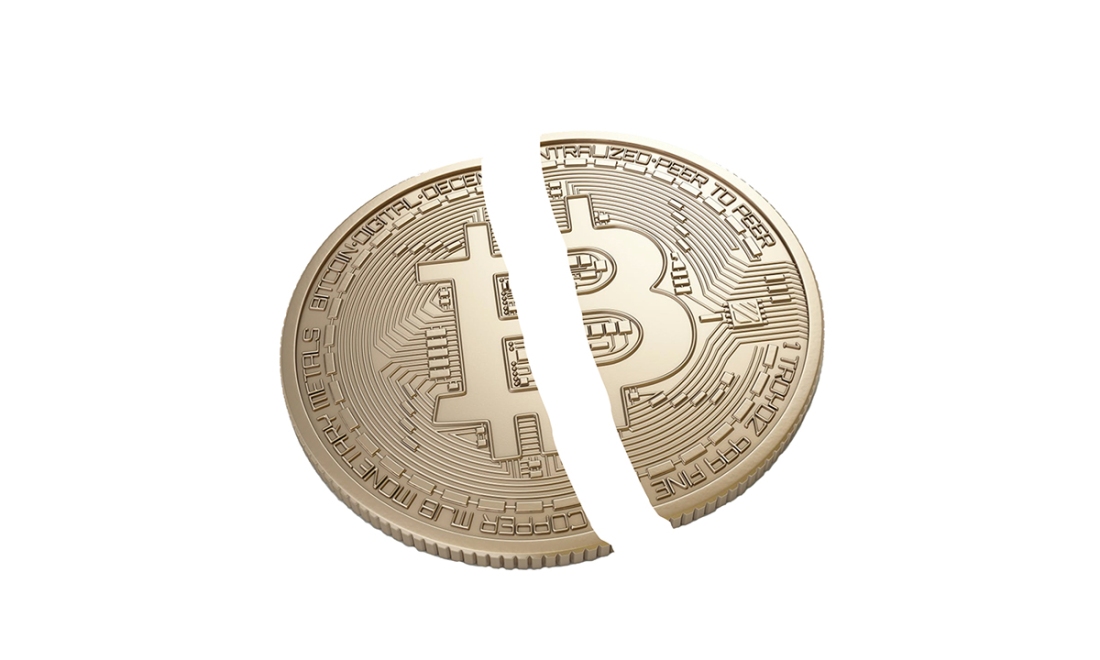The third Bitcoin Halving has finally occurred on May 11, 2020 at block height 630,000 at 19:23 UTC without any glitches.
This was reported by Coindesk:
“In an homage to Satoshi Nakamoto’s iconic “brink of a second bailout” message in the 2009 genesis block, f2pool, which mined the 629,999th block (the last before the halving), embedded a reference to the current financial crisis: “NYTimes 09/Apr/2020 With $2.3T Injection, Fed’s Plan Far Exceeds 2008 Rescue.”
The reward for miners is now at 6.25 BTC per validated block. This means that although the block subsidy incentive has been reduced, the price remains volatile. Either a miner can earn more due to the appreciation in price value or profit less due to operating inefficiencies (e.g. old ASIC miners, higher costs of electricity, etc.). Miners who stand more to lose than gain should reconsider their configuration to adjust to the difficulty target and network’s hash rate.
Within the next two weeks after the halving occurred, difficulty should adjust (every 2,016 blocks). Miners should keep an eye out for the hash rate as well to see whether it has fallen (takes more time to produce blocks) or increased (more competition). Factor in the market price, and it gives an indication of whether the rewards are better or much worse.
While the Feds have quantitative easing, Bitcoin has quantitative hardening, a principle that has yet to be fully explained. The understanding is that Bitcoin is sound money because it uses an anti-inflationary model that limits the total supply (21 Million Coins). The code does not mint new coins at all and no one can mint more coins on the Bitcoin network. It is fixed at the supply set in code, and it is never created out of thin air.
While that sounds good in theory, in reality it has not been a perfectly deflationary model. While the supply is not reduced over time (it is fixed), there are new BTC still put into the circulating supply. It is when the amount of new BTC in circulation hits zero that it becomes deflationary. At that point, there will be no more rewards to miners but they can still collect transaction fees for their participation.
Right now the current economic landscape will have more influence on the price of BTC post-halving. What investors would like to see are the Fed’s injections into the economy trickling into BTC through stimulus. There are different ways that can happen and have been made available through the largest digital exchanges like Binance and Coinbase. For now, Bitcoin has proven itself once again as a stable and mature blockchain built on sound principles.
Note: While no bugs have been reported at the moment, it seems the halving occurred successfully.

